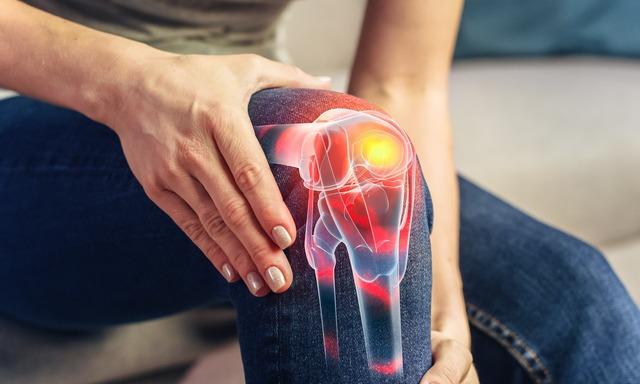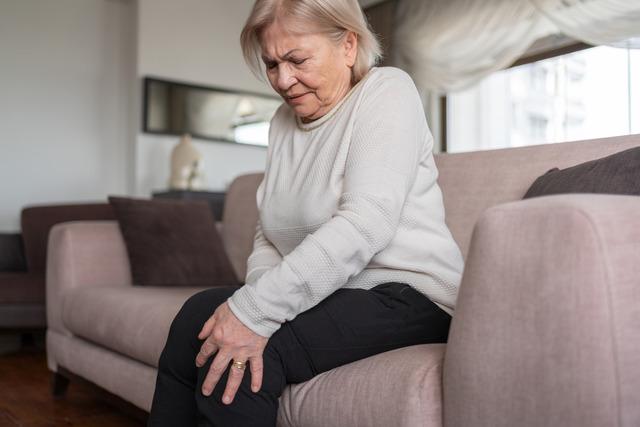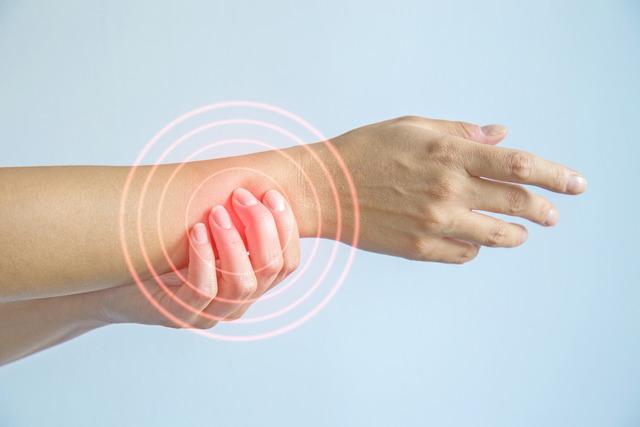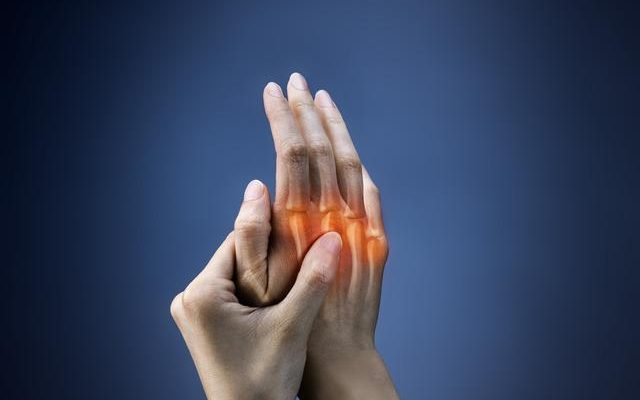Osteoporosis is a disease that causes bones to weaken and break easily as we age. Osteoporosis is called the silent disease. To keep bones strong, our body breaks down old bones and replaces them with new bone tissue. The human body can break down all bones and replace them with new ones in about 6 years. Here is the detailed information…
WHAT IS OSTEOPOROSIS?
First of all, Assoc. Prof. from BHT CLINIC Istanbul Tema Hospital Orthopedics and Traumatology Department, who defined what Osteoporosis is. Dr. Tuna Pehlivanoğlu “Osteoporosis, popularly known as osteoporosis, is a disease that causes the bone to weaken structurally and become susceptible to fracture as a result of the decrease in the amount of calcium. This disease is seen in one in every three women and one in every five men over the age of 50, and it often causes spinal fractures that develop silently and progress insidiously. He stated that “patients with spine fractures have a very high probability of experiencing hip and wrist fractures in the future.”
WHERE IN THE SPINE DOES OSTEOPOROTIC SPINE FRACTURE OCCUR?

Stating that osteoporotic spine fractures are mostly seen in the back (thoracic) and waist (lumbar) regions, Pehlivanoğlu said, “These fractures are called collapse fractures and are the result of any fall-collision, without any trauma, or as a result of very minor severe trauma; but it can usually occur silently. These fractures cause collapse at one or more levels in the spine, and as these collapses progress, such as the collapse of building columns, they can make the patient hunchbacked and make walking difficult and painful. “This situation can seriously reduce the quality of life of patients and progress insidiously, making them unable to move, walk or perform their daily activities,” he said.
SYMPTOMS AND COMPLAINTS

Listing the complaints of spinal fracture patients, Pehlivanoğlu listed the symptoms as follows: “These patients primarily have complaints of pain in the back and waist area. This pain generally increases with walking and movement and decreases with rest. As the collapse of the spine caused by patients’ fractures progresses, they may become hunched over and cannot walk due to severe pain. Again, as the collapse of the fracture progresses, loss of strength in the legs, severe pain, and difficulties in urinating and defecating may occur due to the spinal cord compression that will develop. “This situation can seriously reduce their quality of life day by day and make them home and bed dependent,” he said.
DIAGNOSIS AND TREATMENT METHODS

Pehlivanoğlu also talked about how these fractures are diagnosed and also gave information about the treatment. Pehlivanoğlu concluded his words as follows:
“The diagnosis is made by confirming the diagnosis with imaging methods such as x-ray, tomography (CT) and MRI, which will be requested after the patient is examined by an orthopedic specialist and a preliminary diagnosis of spinal fracture is made. Treatment varies depending on the shape of the fracture, the damage to the spine and the characteristics of the patient. Bed rest for 6-8 weeks with a corset is the first treatment option. However, considering the age of the patients and their comorbidities, complications such as clotting (embolism) or bedsores that may develop due to lying in bed for a long time have pushed this method into the background.

Nowadays, the height loss of the spine is eliminated by using short-term, closed surgery methods such as percutaneous vertebroplasty and percutaneous balloon kyphoplasty surgeries, by injecting bone cement into the fracture and inflating the fracture area with a balloon placed closed. In this way, the bone is strengthened, collapse is prevented, and the patient’s hunchback is corrected by returning the collapsed vertebra to its previous height as much as possible. The patients’ postoperative pain is almost completely gone and they can stand up and walk a few hours after the surgery. Patients are generally discharged on foot the next day. In this way, patients are protected from complications that may develop due to long-term hospitalization.” (UAV)

